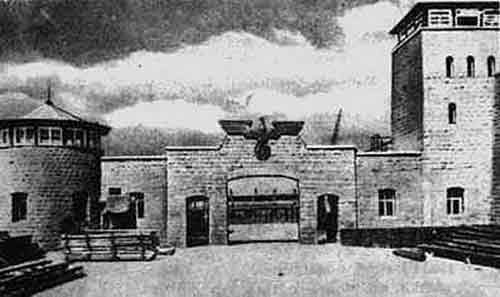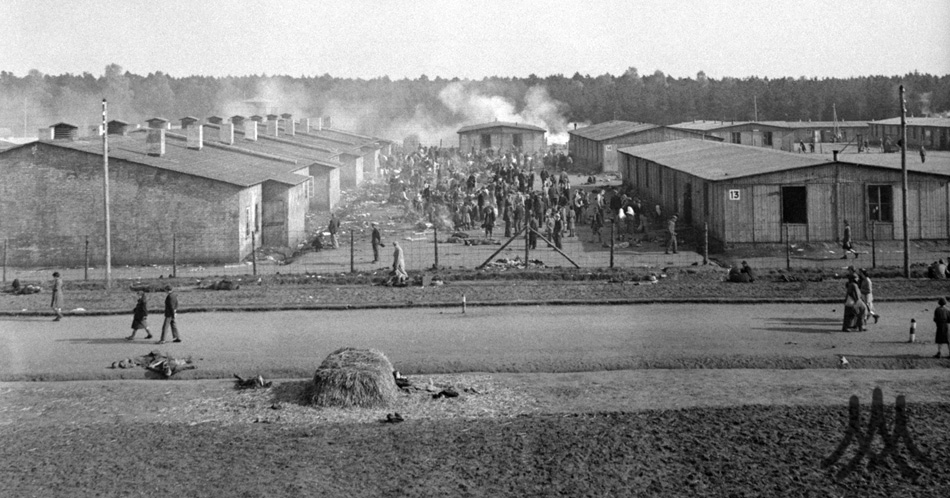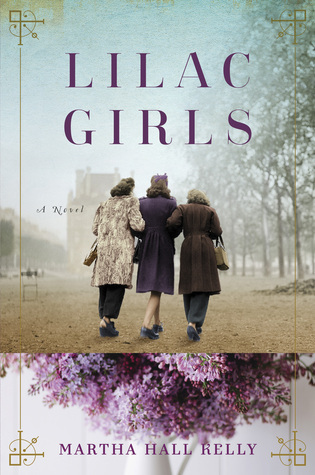Trials
The medical staff and other offenders of Ravensbrück were persecuted in the Nuremberg trials. The legal proceedings were held in the city of Nuremberg in the hopes of symbolizing the end of the Nazi Party’s reign as the city was the epicenter of some of the party’s propaganda rallies throughout the early 20th century. The Ravensbrück employees were tried in the 12 additional trials that occurred from December 1946 and April 1949 formerly known as the Subsequent Nuremberg Trials. In all, there were 177 defendants but in regards to Ravensbrück, reports on the exact number of prosecutions varied. However, to our understanding, these defendants were tried in British, Polish, and East German courts.


